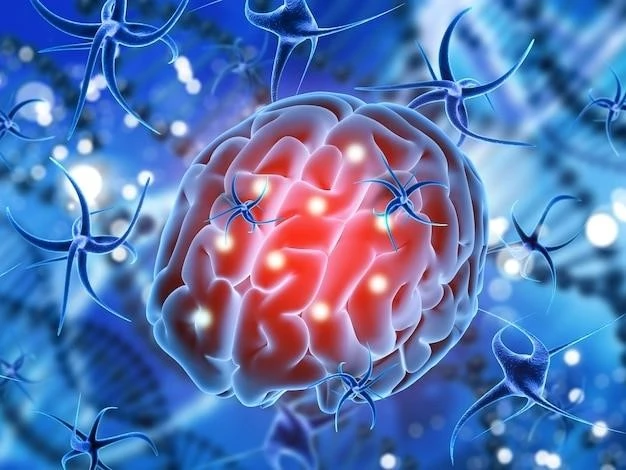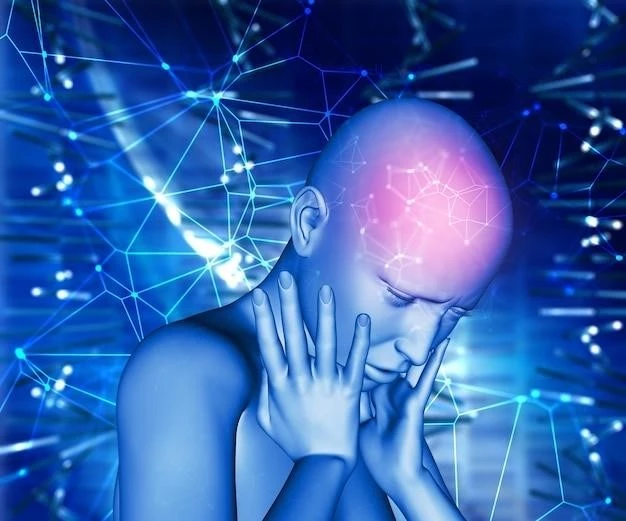Galactosialidosis, also known as neuraminidase deficiency with beta-galactosidase deficiency, is a genetic lysosomal storage disease. It is caused by a mutation in the CTSA gene leading to deficiency in enzymes β-galactosidase and neuraminidase, impacting lysosomal function. This results in the accumulation of toxic substances within cells.
Definition and Genetic Cause
Neuraminidase deficiency with beta-galactosidase deficiency, known as galactosialidosis, results from mutations in the CTSA gene. This genetic condition leads to a shortage of essential enzymes, beta-galactosidase, and neuraminidase. The genetic defect impairs lysosomal function, causing the accumulation of harmful substances within cells.
Symptoms and Clinical Manifestations
Patients with neuraminidase beta-galactosidase deficiency may exhibit signs such as coarse facies, cherry-red spots, neurological degeneration, and skeletal abnormalities.
Coarse Facies and Cherry Red Spots
Galactosialidosis patients commonly present with coarse facial features and distinctive cherry-red spots within the eyes. These visible signs are indicative of the underlying neurological and metabolic abnormalities associated with the condition.
Neurological Degeneration and Skeletal Abnormalities
Individuals affected by neuraminidase beta-galactosidase deficiency may experience progressive neurological degeneration characterized by myoclonus and cerebellar ataxia. Additionally, skeletal abnormalities and vertebral changes are common manifestations of this genetic disorder.
Enzymatic Deficiency Mechanism
Galactosialidosis, known as neuraminidase deficiency with beta-galactosidase deficiency, arises from mutations in the CTSA gene. This genetic defect leads to a shortage of critical enzymes, impairing lysosomal function and causing toxic substance buildup within cells.
Impact on Lysosomal Function
The genetic cause of galactosialidosis, a deficiency in beta-galactosidase and neuraminidase, disrupts lysosomal function. This leads to the accumulation of harmful substances within cells, affecting normal cellular processes.

Molecular Basis of the Disorder
Galactosialidosis results from mutations in the CTSA gene, leading to a deficiency in enzymes β-galactosidase and neuraminidase. This affects lysosomal function, causing toxic substance accumulation.
Mutations in the CTSA Gene
Mutations in the CTSA gene are responsible for the enzymatic deficiencies in beta-galactosidase and neuraminidase seen in galactosialidosis. These mutations impair lysosomal function, leading to the accumulation of harmful substances within cells.
Diagnostic Methods for Galactosialidosis
Diagnosing galactosialidosis involves clinical examination, symptom assessment, and genetic testing for mutations in the CTSA gene. Detecting a deficiency in beta-galactosidase and neuraminidase enzymes confirms the disorder.
Genetic Testing and Clinical Examination
Diagnosis of galactosialidosis involves genetic testing to identify mutations in the CTSA gene and clinical examination to assess symptoms like coarse facies, cherry red spots, and neurological degeneration. Confirmation of enzyme deficiencies in beta-galactosidase and neuraminidase aids in diagnosing this rare metabolic disorder.
One study focused on fibroblasts from patients with combined beta-galactosidase and neuraminidase deficiency. Research showed absence of these components impacting enzyme synthesis and cell function.
Research Studies and Findings
A study on fibroblasts from patients with combined beta-galactosidase and neuraminidase deficiency revealed the absence of these essential components, impacting enzyme synthesis and cellular function profoundly.
Protease inhibitors play a crucial role in managing individuals with neuraminidase beta-galactosidase deficiency. These inhibitors have shown potential in partially restoring beta-galactosidase activity in cultured fibroblasts.
Treatment Approaches and Management
Protease inhibitors play a vital role in managing neuraminidase beta-galactosidase deficiency, aiding in restoring beta-galactosidase activity and potentially improving cellular function.
Galactosialidosis can be classified into various types, including distinguishing between early infantile and juvenile/adult forms based on clinical manifestations and genetic factors.

Types of Galactosialidosis
Galactosialidosis can be categorized into various forms, distinguishing between early infantile and juvenile/adult types based on clinical and genetic differences, including symptoms and disease progression.
Galactosialidosis affects various body systems, including the brain, eyes, muscles, and skeleton. Distinct types based on clinical features and genetic factors play a role in the manifestation of symptoms.
Impact on Body Systems
Galactosialidosis has a significant impact on various body systems, affecting the brain, eyes, muscles, and skeleton. The distinct types of galactosialidosis contribute to a range of symptoms and complications within these body systems.
Analysis of molecular mechanisms and therapeutic targets for neuraminidase beta-galactosidase deficiency is crucial for advancing treatment options and understanding disease progression.
Current Research and Future Directions
Recent studies focus on understanding the molecular mechanisms and identifying new therapeutic targets for neuraminidase beta-galactosidase deficiency. Research aims to enhance treatment strategies and determine the disease’s progression mechanisms for better patient management.
Conclusion and Implications
Neuraminidase beta-galactosidase deficiency, known as Galactosialidosis, is a rare genetic disorder that impacts multiple body systems. Understanding the genetic basis, clinical manifestations, and molecular mechanisms is crucial for accurate diagnosis and developing effective treatment strategies. Ongoing research focusing on therapeutic targets and molecular pathways holds promise for improved management and potential therapeutic interventions in the future.
